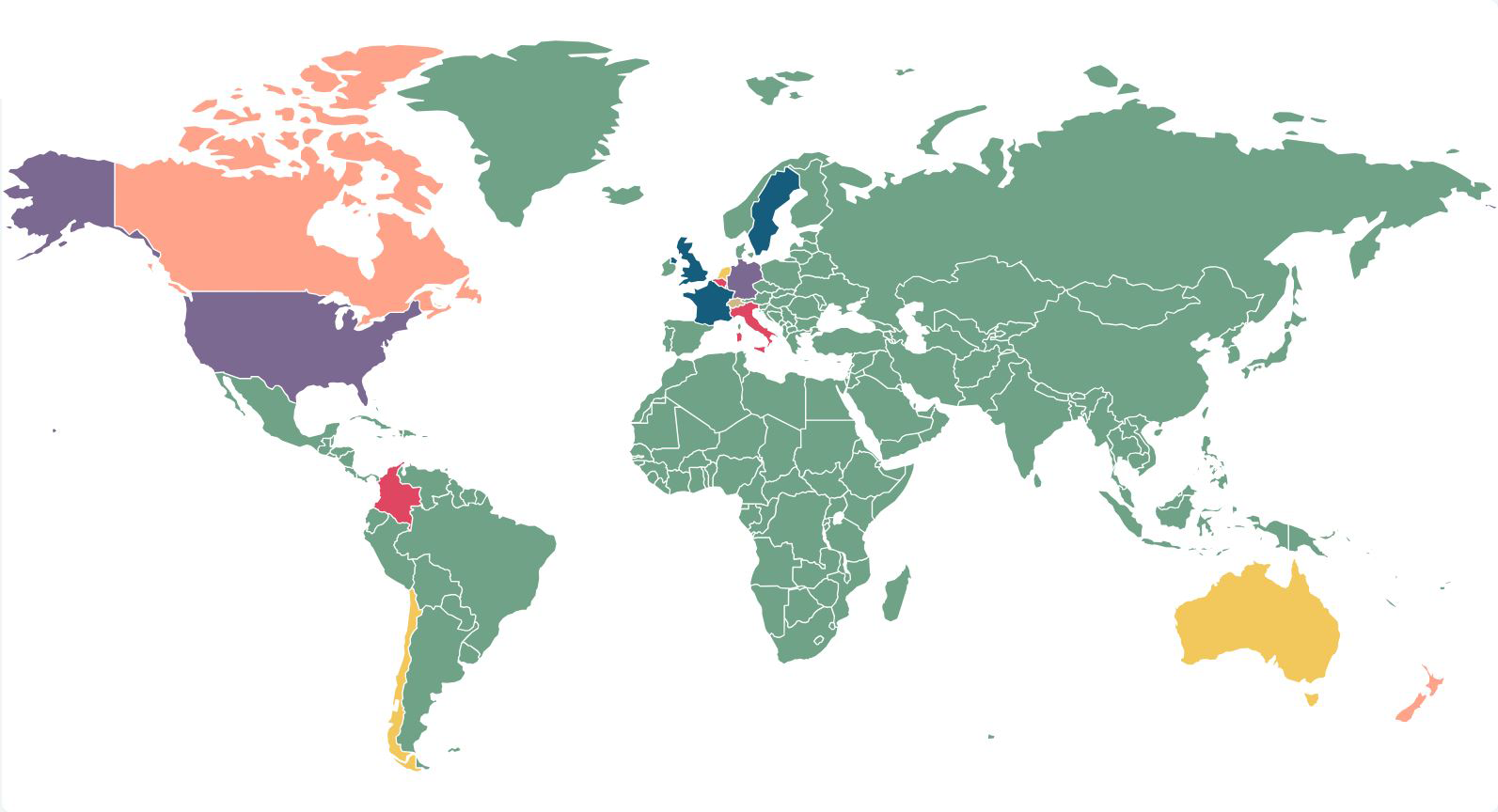Rooftop revolution will have significant implications
Labour's plan to encourage millions of homes to be fitted with solar panels (the so-called rooftop revolution) and create more solar farms will lead to more claims. Technology is developing at pace; initial installation costs are high; not all roofs are suitable; safety and fire risks are high; and the skilled workforce is unlikely to be able to meet anticipated output. While the industry gets to grips with all of this, we predict greater risks for insurers that all stakeholders will need to consider. Construction all risks underwriters need to consider their exposure carefully and ensure wordings and premium accurately reflect the risks involved.
Project insurance for main contractors will come under the spotlight
In Sky v Riverstone, it was held that the main contractor, who was appointed pursuant to a JCT contract, was not insured under an owner controlled insurance programme following practical completion, because it no longer had any rights or interests in the property insured. That decision has not been appealed. Consequently, main contractors (and their brokers) will need to review and carefully consider both their construction contracts and project insurance arrangements, to fully assess their coverage and joint insurance position in respect of post practical completion losses. Failure to do so could leave them exposed to subrogated actions by project insurers.
Insurers will revisit pollution wordings
We will continue to see insurers amending their pollution and contamination (and other) exclusions following the decision in Brian Leighton (Garages) Ltd v Allianz Insurance plc. The case concerned a sharp object that penetrated a fuel pipe, resulting in contaminated insured property. The Court of Appeal allowed the insured to recover, even though the policy excluded "damage caused by pollution or contamination". The majority held that the exclusion requires pollution or contamination to be the proximate cause, and the exclusion did not bite because the proximate cause was the penetration of the fuel pipe. As most pollution/contamination incidents are initially caused by something else, insurers who do not intend to provide cover in such circumstances will need to revisit their wordings.
LEG 3 is unlikely to be 'improved'
LEG 3, one of the key defects clauses introduced by the London Engineering Group nearly 30 years ago, has come under scrutiny in two recent US decisions for its alleged ambiguity, particularly in relation to improvement costs. As a result, the LEG committee is being urged by some to revisit its wordings. We anticipate the committee will be more concerned (rightly, in our view) about the approach the US courts took in relation to the meaning of 'damage'. We predict the committee is more likely to address that issue rather than seeking to clarify what amounts to an 'improvement' or undertaking any wholesale redrafting.
Construction insurance claims and costs will continue to rise
The number and value of construction insurance claims will continue to rise. While inflation may be slowing, building costs are still expected to increase by 15% over the next five years. Recurring themes include increased borrowing costs, skilled labour shortages and higher material costs. Coupled with rampant contractor insolvency, regulatory changes under the Building Safety Act and ever increasing plant and tool theft, construction insurers could be facing challenging times. With London retaking the top spot for the most expensive place to build globally, and multiple cities across the UK and Ireland filling the top 30, the domestic market will be particularly exposed.
Insolvency risk remains in the supply chain due to perfect storm of issues
The construction sector is currently susceptible to insolvency. This is due to an almost perfect storm of issues such as debts accrued over the years, repayments of COVID-19 loans, changes in taxation rules, inflationary pressures, increased labour costs, lack of working capital, falling cash flows and 'suicide bidding' to win work. We may also, once again, see an increase in speculative claims being 'shoe-horned' into professional liability policies and greater use of the Third Parties (Rights Against Insurers) Act 2010. That said, we will need to wait and see how the government will react, especially with its intention to meet huge new housing targets, the continued de-carbonisation of the energy sector and its plans around infrastructure. Whether the government will re-introduce a form of Private Finance Initiatives to achieve these aims remains to be seen – but this perfect storm will not be solved without real intervention.




